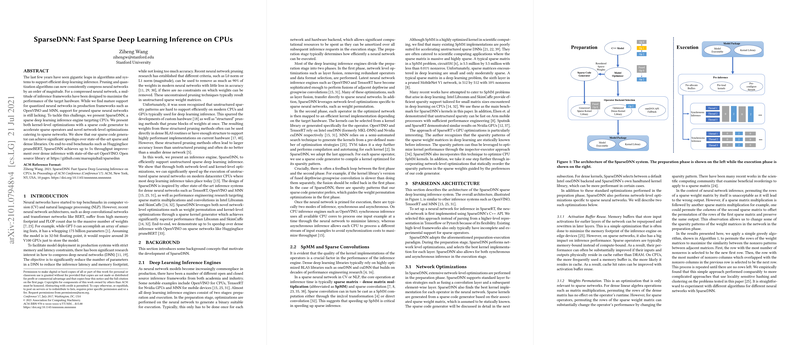An Analysis of Modern Programming Language Engineering: Insights and Developments
The paper under discussion, presented at the ACM SIGPLAN Conference on Programming Languages, explores a comprehensive examination of contemporary advancements and methodologies within the field of programming languages. The authors, affiliated with distinct academic institutions, present a cohesive analysis enriched with contributions from their respective areas of expertise.
Overview and Core Contributions
Central to the paper is a focus on general programming languages, which have evolved significantly in recent years, influenced by both engineering needs and historical development within the discipline. The paper methodically dissects current techniques, challenges, and strategic directions that are pivotal in steering future innovation in programming languages.
Key Contributions:
- Synthesis of Programming Language History: The authors chart the trajectory of programming language development, pinpointing pivotal moments that have shaped current paradigms. This synthesis offers a narrative of how past innovations inform present capabilities and future potential.
- Techniques and Methodological Advances: The paper investigates the latest methodological advancements in language design and implementation. Through detailed analysis, it contemplates the implications of sophisticated type systems, new compiler optimization strategies, and the integration of modern programming paradigms within legacy environments.
- Evaluation of Practical Applications: Emphasizing practical implications, the research also scrutinizes real-world applications of novel programming languages. Such evaluation is crucial for understanding their impact on software development processes and industry practices.
Implications and Critical Insights
This paper provides multiple insights critical for both theoretical considerations and applied contexts within software engineering:
- Theoretical Implications: By revisiting the history of programming languages, the paper lays a pivotal foundation for theoretical advancements in language design. This historical perspective helps identify recurring patterns and potential future disruptions.
- Practical Implications: Through the examination of cutting-edge methodologies in programming languages, the paper reveals applications that could significantly enhance productivity and performance in software systems. These implications suggest avenues for further research into optimization and integration techniques, particularly those involving hybrid language environments.
Future Directions
The paper concludes by addressing potential paths for future exploration, underscoring:
- The necessity for improved tools and frameworks that facilitate the integration and deployment of emerging programming languages in diverse computational ecosystems.
- Opportunities for cross-disciplinary research, exploring intersections with AI, to harness machine learning techniques for optimizing compiler design and runtime environments.
Conclusion
This paper constitutes a significant contribution to the field of programming language engineering. Through its thorough examination of both historical context and forward-thinking technological advances, it provides essential insights that both support and challenge existing perspectives in software development. The implications for ongoing research and industrial practice are substantial, encouraging a dialogue that bridges historical insight and future-oriented innovation.
